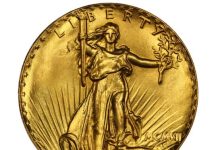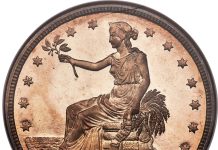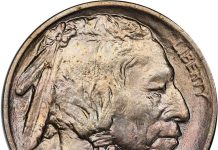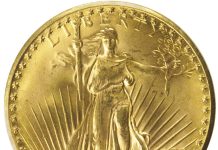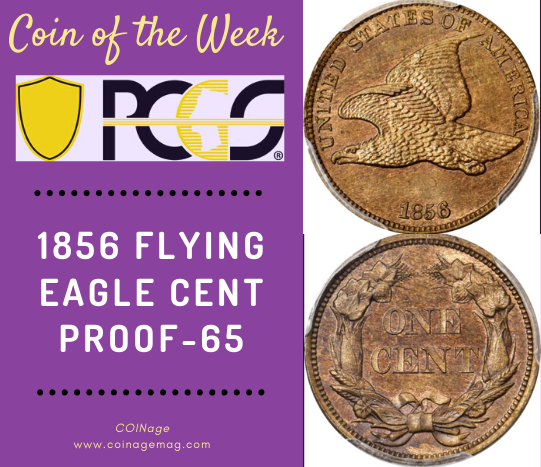
By Antoinette Rahn
When you think of early U.S. coin production, what is the first word that comes to mind? It’s “rebellious,” right? No? We think the word fits some circumstances, including the initial minting of the Flying Eagle Cent.
According to a PCGS CoinFacts historical account by Richard Giedroyc, noted numismatics expert and U.S. coin market analyst, in the mid-19th century, the cost of producing large cents was becoming prohibitive, with the size and metal composition each contributing to the issues. Looking for a solution to the feasibility issue, Mint Director James R. Snowden opted to strike a small cent coin, with a metal composition mixture different and more affordable than large cents. The first small cents were 88 percent copper and 12 percent nickel, and weighed 4.67 grams, compared to large cents that weighed 10.89 grams, Giedroyc stated.
In researching the possible design for this new small cent, Snowden looked to the past to create a new present, by borrowing elements of obverse and reverse designs of large cents, to create the first small cent.
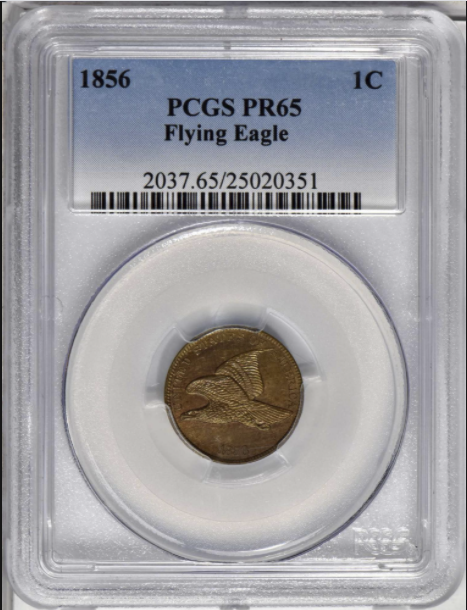
You’re wondering where the rebellion comes in, right? Well, Snowden went forward and ordered an estimated 1,000 of the new coins to be struck — 1856 Flying Eagle Cents, without official Congressional authorization. Now, the Flying Eagle cent is not the first or the last coin to be struck without authorization, but it was the first small cent to be issued, and for all intents and purposes, these history-making coins are the result of a slightly rebellious act. We realize this isn’t high-scale rebellion, but sometimes, being rebel cool is subtle.
While we are certain the lack of authorization is not a driving force behind the 1856 Flying Eagle coin’s popularity, there are plenty of things that contribute to its popularity. And, my oh my, is it a popular coin. Here are some of the factors that lend to its popularity:
• Limited series – only struck between 1856 and 1858.
• Low mintage — A definitive count of the number of 1856 Flying Eagle cent is unknown. However, records reveal at least 634 examples were produced for the sole purpose of presenting the coins to members of Congress and other political dignitaries. Still, estimates place the total number produced between 1,500 and 2,150, according to a PCGS CoinFacts report by Jaime Hernandez.
• High demand — It’s largely reported that the 1856 Flying Eagle was among the earliest catalysts of a dedicated coin collecting community, and at the center of one of the first coin-collecting boom, according to a Stack’s Bowers auction lot description.
An example of this historical coin is coming to auction during the June 18-23 sale presented by Stack’s Bowers. The 1856 Flying Eagle Cent, Snow-9, Proof-65 PCGS is lot #294, during Session 1 of the auction, which gets underway at 2 p.m. PDT on Thursday, June 18. Visit www.stacksbowers.com to learn more about the Flying Eagle cent appearing at auction this week.
About PCGS: Professional Coin Grading Service (PCGS) represents the industry standard in third-party certification. Visit www.pcgs.com for more information.



